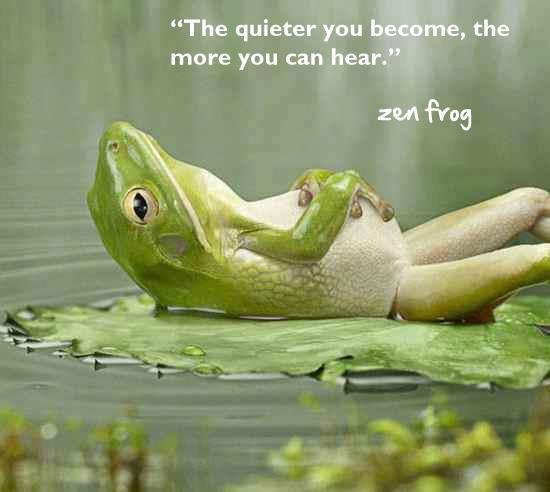As many have heard before, exercise is a key in fighting the battle against chronic pain. Given, this task may be easier said than done. When your body is working against you, how can you be expected to engage in any type of physical activity?
Well you can. But before you do, here is some the fundamental information on why and how specific exercises can aid in chronic pain.
Depending on physical location, chronic pain can be exacerbated by a high BMI (Body mass Index) and poor muscle tone. This is because increased weight will cause direct stress on the musculoskeletal system.
Consider a bridge with an already weakened foundation. Now picture cracks in the weight barring columns, and wear and tear at the connections. Now imagine adding weight atop of this bridge. The more weight that gets added, the weaker and weaker the bridge will become.
Increased weight has been linked to a number of chronic conditions such as diabetes, cardio vascular disease, asthma, anxiety, decreased muscle mass, depression and decreased self-worth. High BMI has also been known to worsen chronic pain symptoms such as back pain, arthritic pain, and pain of the knees and ankles.
Muscle tone is also very important when combating chronic pain. Your muscles are what hold your body up. The more toned your muscles are, the more efficient they become at doing their job. When your muscles are strong, they are better able to bear weight.
Low-impact aerobic exercises have been known to strengthen muscle tone, decrease episodes of pain and intensity of pain, help maintain / lose weight as well as improve overall mood.
Water aerobics are especially good for those who suffer back and joint pain as the person becomes “weightless” under water and thus, they are more mobile. Being in water also decreases the stress put on the back, making short, low-impact exercises less painful and more efficient.
Heated pools also have the added benefit of soothing sore joints and easing pain.
Another low- impact exercise is walking. Walking not only causes minimal stress for those who suffer with back pain, but also is an ideal exercise for those who want the versatility of being indoors or outdoors, in a group or on their own.
Other exercises, depending on your overall health and physical capabilities include biking or stationary bikes, stair climbers or elliptical.
Regardless which exercises you choose, it is vital that you know, understand and recognize your own limitations. Your heart rate should increase, but should stay in the safe zone as predetermined by your doctor. While low to moderate impact exercises will not cure your chronic pain, it is a large piece of the puzzle.
Living with chronic pain may be a reality for some of us. But the focus should be on living. We live with it. We live in spite of it.











